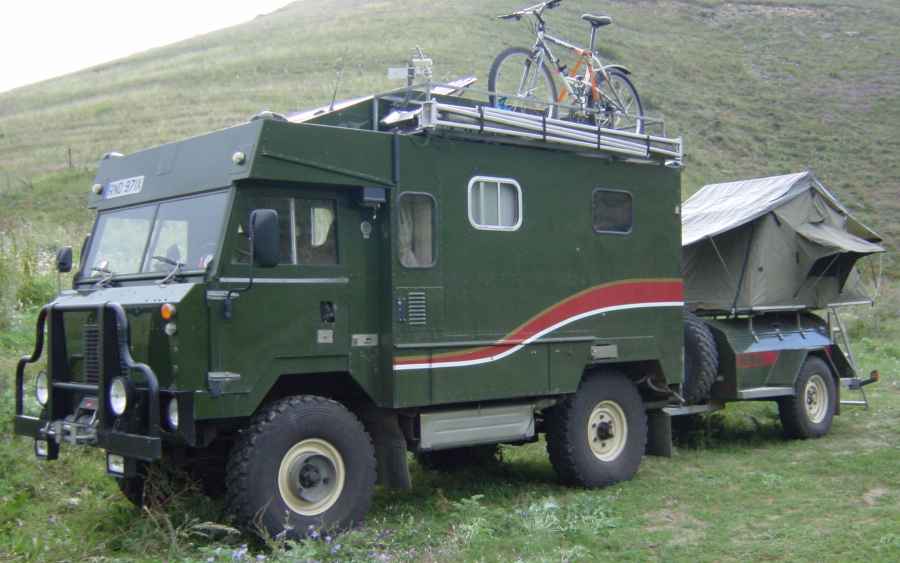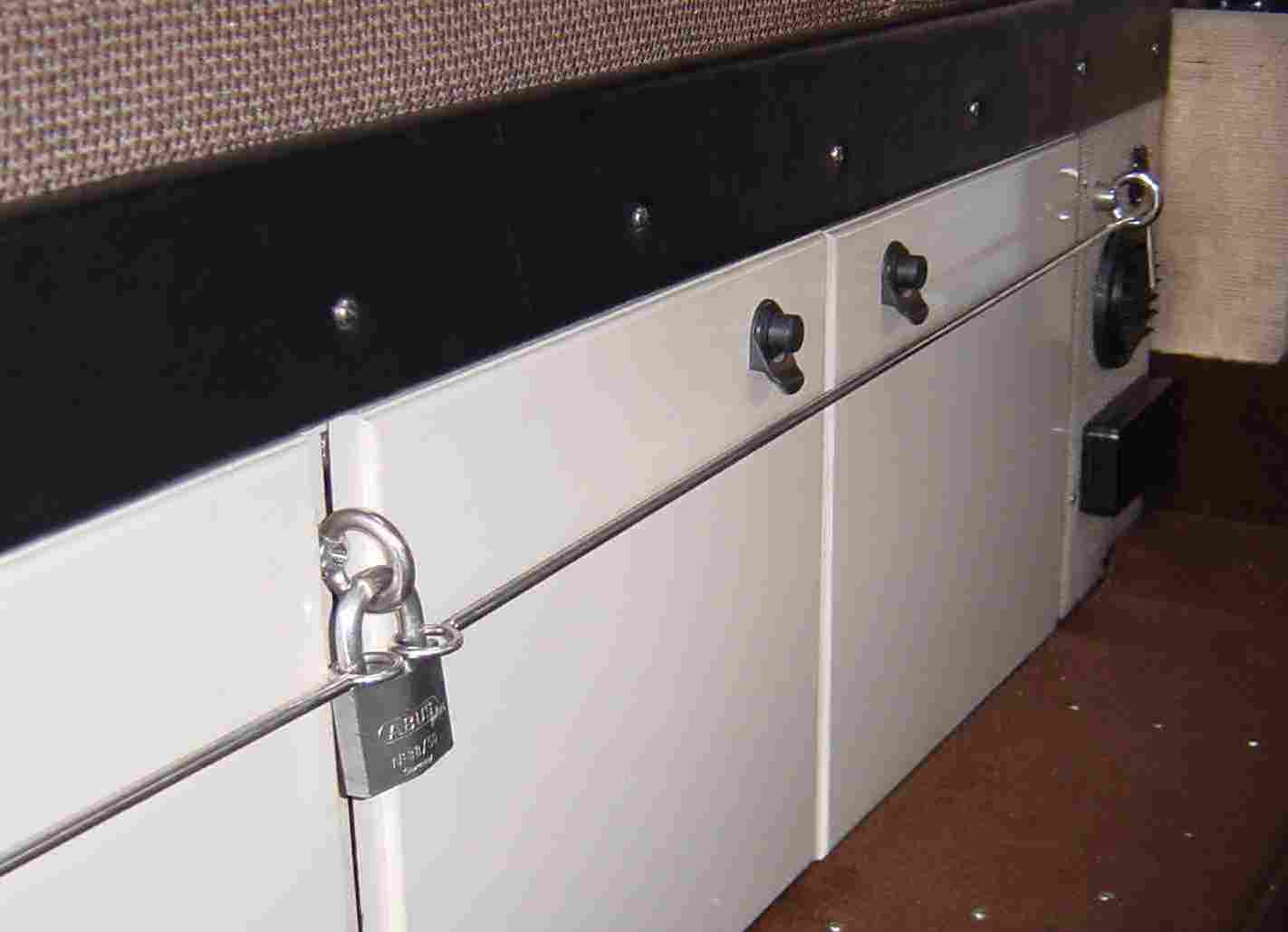|
There are advantages with flatrack shipping. Firstly you lock the vehicle after driving onto the flatrack and you keep the keys yourself. Secondly, container vessels have shorter journey times, and there is much more choice of route.
RoRo is the safest method of shipping as no lifting is involved. There are however fewer RoRo vessels throughout the world. The largest disadvantage though, is that you must leave the keys for the vehicle door and ignition with the stevedores for loading and discharge purposes. It is therefore vital that you ensure that all cupboards in your vehicle are locked, and that everything is put away. Be aware that, if you ship from or into a port in a relatively poor country, and you leave anything more precious than a fart in your vehicle, it won't be there when you collect it at the destination.
As a "test", for one RoRo journey, I left an old cassette on the dashboard. It disappeared. As did a tin of fly spray which had a remaining useful life of 2 sprays at most.
Whichever shipping method you chose, if you are shipping on a non-commercial basis, make sure you tell the shipper when negotiating rates. I have received lower rates this way. But even then, barter the rate even lower.
With regard to chosing a shipping agent/customs broker for the departure and destination, it is worth seeking the advice of your shipper, especially if he is a reputable company. This is particularly true for the destination agent/broker, as if you do not specify your own choice of company, the agent at the departure port will appoint his friend, who may be less capable at clearing your non-standard cargo than a goldfish is at shuffling a pack of cards.
Finally, ensure that the Bill of Lading or the Shipping Order identifies YOU as the consignee. The agent should additionally be listed, but you should be identified as the ultimate consignee.
|


